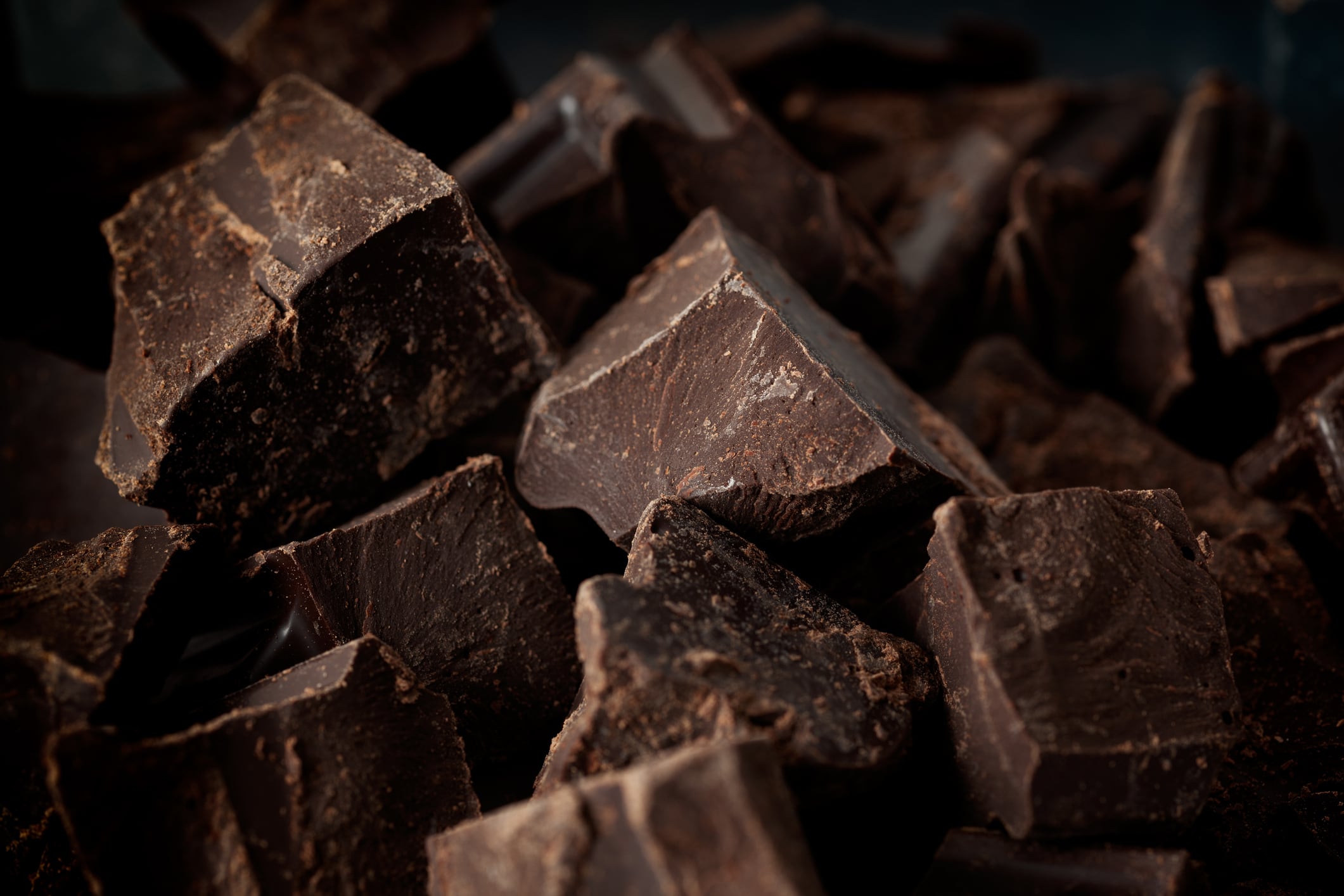Researchers in the UK, Denmark and Japan used a suboptimal 10-gram dose of β-lactoglobulin (BLG) in their study; 20 grams is considered optimal. They compared BLG’s effects with those of isonitrogenous whey protein isolate (WPI) on muscle protein synthesis (MPS) during feeding and with added exercise.
“Both BLG and WPI effectively stimulated MPS doses in young healthy males, with BLG offering an advantage in EAA/BCAA/LEU bioavailability,” they wrote in the journal Nutrients.
BLG is the major whey protein in cow and sheep’s milk, accounting for 45% to 57% of bovine whey proteins. It is rich in EAA, especially leucine, “such that the LEU content of BLG exceeds the constituent LEU content of WP by ~50%,” the study noted.
BLG is the most effective EAA for stimulating MPS and has received attention for its anabolic properties, especially in aging, inactivity and during exercise.
Previous research has highlighted a role for leucine’s complementary effects when taken alongside supplemental protein, but studies have yielded mixed results.
Additionally, a ceiling effect may occur when taking whey protein, limiting leucine’s availability to stimulate MPS. Therefore, researchers of the new research focused on the potential of lower WP doses containing higher leucine content, which may be beneficial for individuals who consume sub-optimal protein.
Study details
The crossover study involved 10 healthy young males who were randomized to receive 10 grams of protein consisting of BLG containing 1.57 grams of leucine or WPI containing 1.02 grams of leucine. The participants consumed one of the supplements on the first assessment day and the remaining supplement on their second day in a crossover design separated by washout period ranging from 21 to 42 days to account for illness, holidays, commitments, etc.
Before their first assessment, they completed a four-day diet diary, and the researchers assessed protein intake using Nutritics Food Management Software. Participants also refrained from intense exercise for at least 72 hours before each assessment and fasted overnight.
Following baseline blood samples, researchers administered a continuous leucine infusion for 7.5 hours to determine muscle protein synthesis (MPS) in response to feeding (FED) and feeding-plus-exercise (FED-EX).
They collected skeletal muscle biopsies at 0, 3 and 6 hours. The participants performed exercises at 75% 1RM 20 minutes before the second biopsy and afterwards ingested their allocated protein.
The results showed that EAA, BCAA and leucine concentrations increased after both supplements, peaking at 40 minutes after feeding.
“Both BLG and WPI effectively stimulated MPS doses in young healthy males, with BLG offering an advantage in EAA/BCAA/LEU bioavailability,” the researchers wrote.
They highlighted that “questions have arisen as to whether a true dose–response to protein feeding exists if maximal MPS stimulation can be achieved by other means, i.e., LEU-enriched EAA,” recommending that future studies utilizing a dose of protein per kg body weight or lean body mass be conducted.
Source: Nutrients 2025, 17(21), 3410. doi: 10.3390/nu17213410. “The Effect of Leucine-Enriched β-Lactoglobulin Versus an Isonitrogenous Whey Protein Isolate on Skeletal Muscle Protein Anabolism in Young Healthy Males”. Authors: I. A. Ely et a




